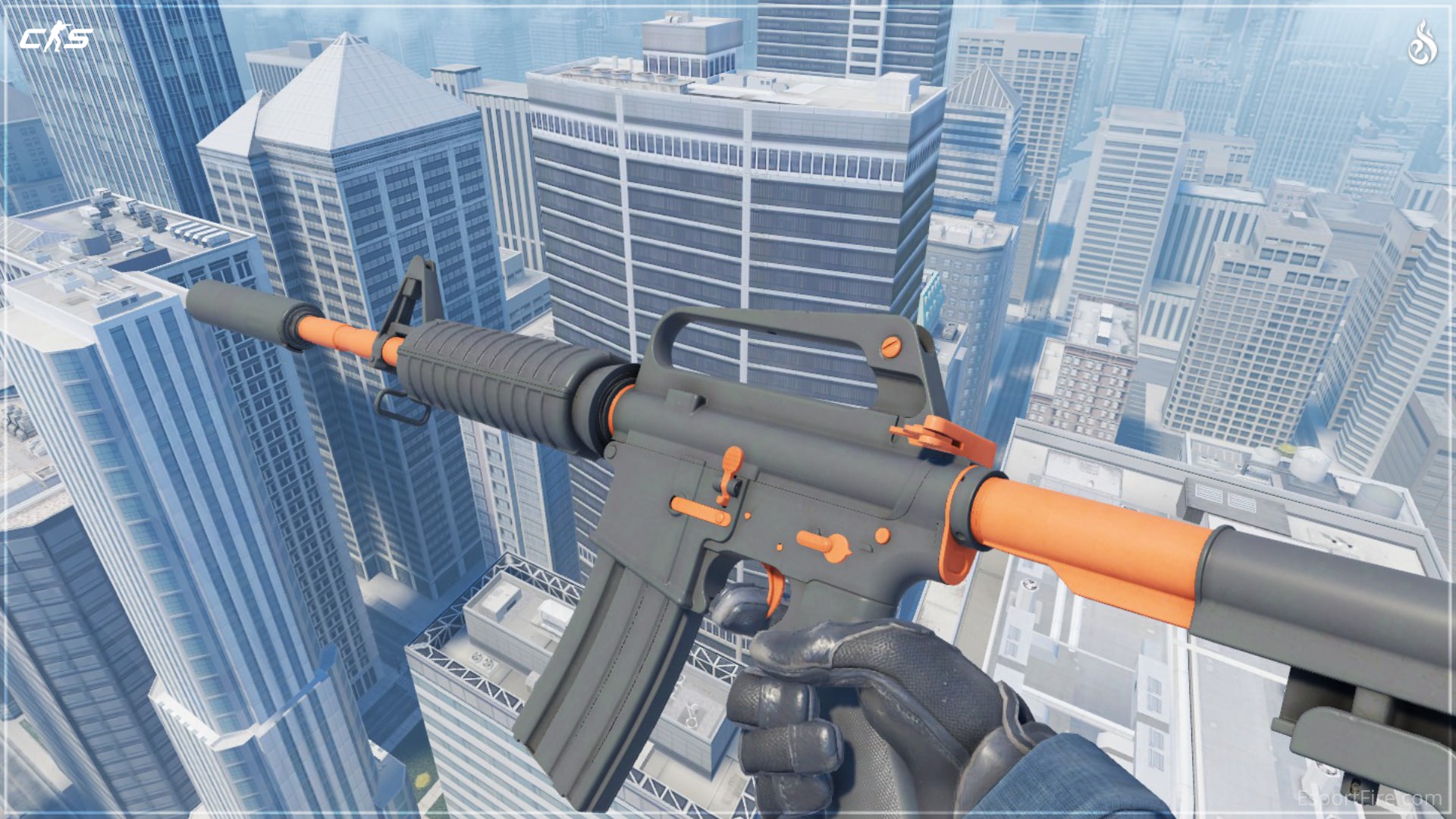Cupid's Hookup Guide
Unlock the secrets to modern dating with our insightful tips and advice.
Gunplay Meets Glam: How CS2 Weapon Skins Change the Game
Discover how CS2 weapon skins elevate gameplay and style! Uncover the stunning world where gunplay meets glam in our latest blog post.
The Evolution of Weapon Skins in CS2: From Functional to Fabulous
The journey of weapon skins in CS2 has been remarkable, evolving from simple functional designs to vibrant, eye-catching art pieces. Initially, the concept of weapon skins was purely practical, offering minimal customization options for players. However, with the rise of the gaming culture and the expansion of the esports industry, developers recognized the potential for aesthetics in gameplay. This shift led to the introduction of skins that not only changed the look of weapons but also conveyed a player's status and personal style within the game world.
As CS2 developed, so did the complexity and variety of the skins available. The introduction of skins like the AWP | Dragon Lore solidified their place in gaming culture as coveted trophies. Today, players are greeted with a myriad of options, from sleek modern designs to radiant, fantastical themes. The evolution of weapon skins has transformed them into a form of self-expression and an integral part of the gaming experience, showcasing not just weaponry but the creativity and individuality of the community itself.

Counter-Strike, often abbreviated as CS, is a series of multiplayer first-person shooter video games in which teams of terrorists and counter-terrorists battle to complete objectives or eliminate each other. Players can enhance their gameplay experience through various techniques, such as using csgo chat binds to effectively communicate with teammates and strategize during matches.
How CS2 Weapon Skins Influence Player Identity and Game Dynamics
In the world of Counter-Strike 2 (CS2), weapon skins have transcended mere aesthetics to become a vital component of player identity. Each unique skin allows players to express their individuality and personal style, making their gameplay experience distinct. The variety of designs, from vibrant colors to intricate patterns, provides players with a way to showcase their dedication and status within the game. Moreover, collecting rare skins has become a hobby for many, further entrenching these cosmetic items into the culture of the game. The psychological impact of owning and displaying high-quality skins contributes significantly to a player’s confidence and reputation in the CS2 community.
Additionally, the influence of CS2 weapon skins extends beyond personal expression; it plays a role in game dynamics as well. When players equip visually appealing skins, it can affect team morale and even opponent perception. For example, opponents may feel intimidated when facing players with high-tier skins, assuming they possess significant skill and experience. This psychological warfare can alter strategies and approaches during gameplay, highlighting how aesthetics intersect with game mechanics and player interactions. Ultimately, weapon skins in CS2 are not just cosmetic; they shape the very fabric of in-game relationships and dynamics.
Are Weapon Skins Paying the Price? The Economics Behind CS2's Glamorous Gunplay
The emergence of weapon skins in games like CS2 has revolutionized the way players engage with gunplay. Are weapon skins paying the price? This question not only touches on the aesthetic appeal of these virtual items but also delves into the complex economics of in-game purchases. With millions of dollars spent on weapon skins, players are often left wondering whether the value of their in-game investments aligns with the actual gameplay experience. As players chase after rare and extravagant skins, the demand drives prices higher, prompting discussions around market sustainability and the potential for a monetary bubble within the gaming economy.
Moreover, the allure of glamorous gunplay extends beyond visual flair; it reflects a unique aspect of gamer identity and social status within the community. CS2 players often showcase their skin collections as a badge of honor, leading to an intriguing economic dynamic where rarity and desirability can fetch exorbitant prices. However, the volatility of these markets raises questions about longevity—will the enthusiasm for weapon skins endure, or will player interests shift as new gaming trends emerge? As we examine the economic implications, it becomes crucial to ask: how sustainable are these glamorous investments in the long run?